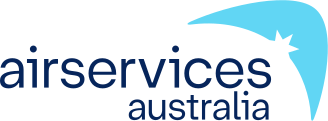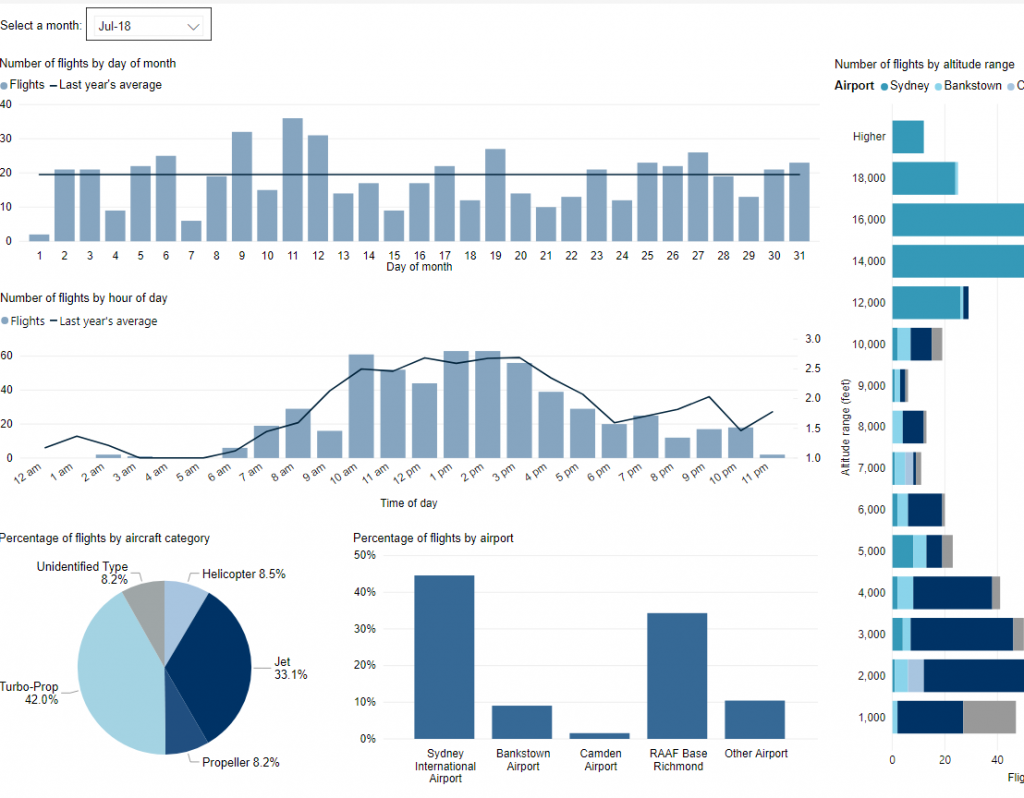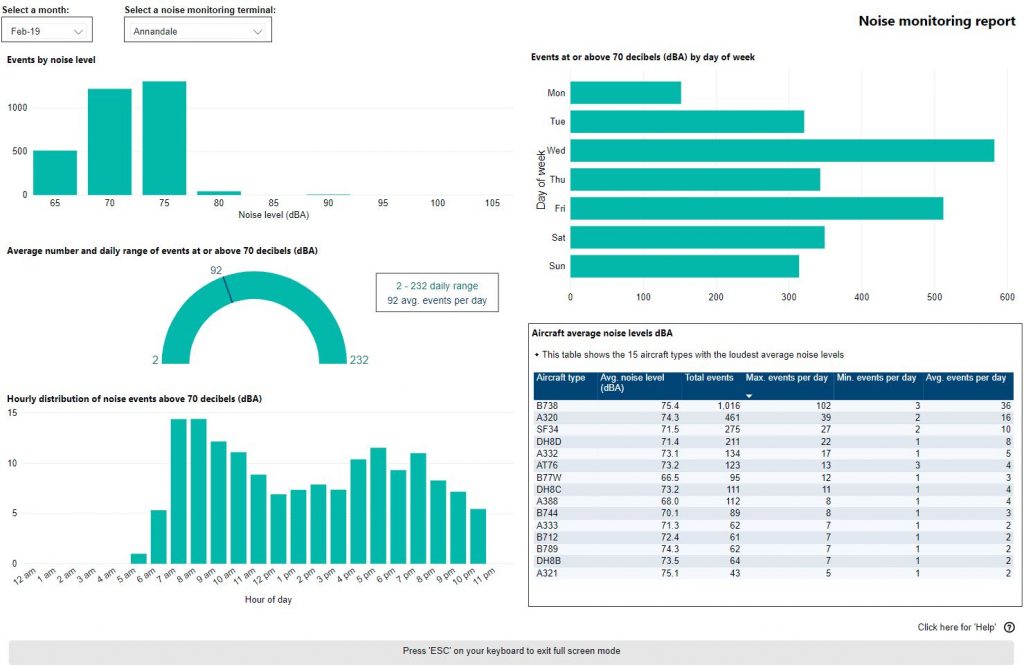In May 2013, Airservices permanently implemented an alternative departure procedure from Perth Airport that reduces the number of aircraft flying low over north-western suburbs during the night. The permanent implementation of this procedure follows a trial that started on 27 July 2011 and was known as the ‘Keels trial’.
The new flight path allows some aircraft that previously departed late at night to the north of the airport and then turned towards the coast to make use of RAAF airspace to the north of the airport when the area is not in use by Defence. This change did not apply to all aircraft departing to the north, or change any routes for flights departing to the south.
Previously, most of these aircraft (mostly heading to destinations in the Middle East and Africa) overflew Beechboro and suburbs to the west of Beechboro at between 2500 and 4000 feet (760 to 1200 metres). The new flight path has some of these aircraft take a more northerly route and only turning after they reach 8000 feet (2400m). This additional height reduces the impact of aircraft noise on the ground. It also provides some night-time respite for residents in Beechboro and the suburbs to the west of Beechboro.
Following additional community consultation and environmental assessment, in July 2014 use of this procedure was expanded to all hours when RAAF Pearce airspace is not in use. This will continue to deliver improved noise outcomes for residents living in nearby suburbs including Beechboro, Malaga and Ballajura.
Read the Post Implementation Review of the trial





